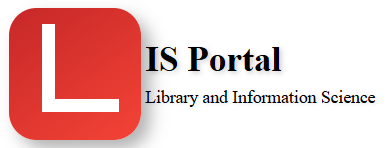Collection management
Collection management refers to the processes and systems used by libraries to manage and organize their collections and resources, including books, journals, databases, digital resources, and other materials. The goal of collection management is to ensure that the library’s collections are relevant, up-to-date, and accessible to users, and support the library’s mission to provide access to information and knowledge.
Collection management activities typically include:
-
Collection development: The process of selecting, acquiring, and managing library materials and resources to meet the needs of the library’s users.
-
Cataloging: The process of creating and maintaining metadata for the library’s collections, including bibliographic and subject information, to support the discovery and access to resources.
-
Collection analysis: The process of evaluating the library’s collections to assess their relevance and usefulness, and to inform collection development decisions.
-
Collection maintenance: The ongoing activities necessary to keep the library’s collections organized, accessible, and up-to-date, such as withdrawing outdated or no longer needed materials, repairing damaged materials, and preserving materials in optimal condition.
-
Collection security: The measures taken to protect the library’s collections from theft, damage, and other forms of loss, such as security systems, disaster planning and recovery, and insurance coverage.
Collection management is a critical aspect of library and information science, as it helps libraries to ensure that their collections are relevant, accessible, and useful to their users, and supports the library’s mission to provide access to information and knowledge.
several software solutions that support collection management activities, including:
-
Library Management Systems (LMS): These systems provide tools for managing the library’s collections, including cataloging, circulation, and collection analysis. Many LMSs also provide tools for collection development, such as vendor and title lists, and the ability to manage and track purchase requests and approvals.
-
Electronic Resource Management (ERM) Systems: These systems are specifically designed to manage electronic resources, such as e-journals and databases, and provide tools for acquiring, managing, and tracking electronic subscriptions.
-
Vendor Platforms: Many electronic resource vendors provide their own platforms for managing subscriptions and usage, which can be integrated with the library’s LMS or ERM system.
-
Metrics and Analytics Tools: These tools provide data and analysis on resource usage, such as usage statistics, cost per use, and user behavior, which can inform collection management and development decisions.
-
Interlibrary Loan (ILL) Management Systems: These systems manage the interlibrary loan process, allowing libraries to request and receive items from other libraries.
-
Digital Asset Management (DAM) Systems: These systems provide tools for managing and preserving digital resources, including images, videos, audio files, and other multimedia assets.
In general, software solutions for collection management provide libraries with tools for managing and organizing their collections and resources, and support the collection management process by providing data and analysis on usage and costs, and automating key tasks such as cataloging, acquisitions, and interlibrary loan.
